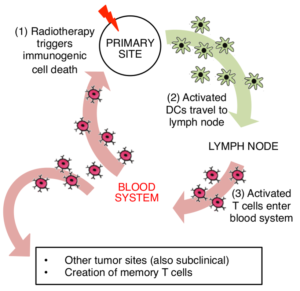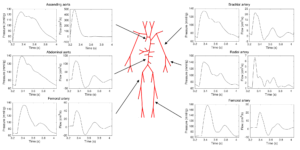Below is the code that was used in one of my projects – results published in:
Poleszczuk J, Piotrowska MJ, Forys U, Optimal protocols for the anti-VEGF tumor treatment, Mathematical Modelling of Natural Phenomena, 2014 (9): 204-215.
(Abstract below).
Abstract
Anti-angiogenic cancer treatments target the tumor vasculature that delivers oxygen and nutrients to tumors and thus induces the tumor starvation and regression. Mathematical models provide valuable tools to study the proof-of-concept, efficacy and underlying mechanisms of such treatment approach. In the paper we investigate optimal anti-angiogenic treatment protocols for the recently proposed modification of the well established family of tumor angiogenesis models. This modification made the models valid in the case of treatment which is focused on blocking angiogenic signaling. Moreover, we propose a~new mathematical description of the anti-angiogenic treatment goal which assumes that the main purpose of applying the anti-angiogenic treatment, despite the minimization of the tumor volume, is to maintain relatively high volume of vessels that support the tumor. The reason of such approach is related to novel combined therapies, namely anti-angiogenic and chemotherapy, because effectiveness of chemotherapy depends on the amount and quality of the tumor vessels.
We derive the structure of the optimal anti-angiogenic treatment protocol and investigate numerically its efficacy when used together with chemotherapy infusions. We show that the proposed optimal protocol might be more efficient when combined with chemotherapy, comparing to the standard full-dose protocol. Besides the higher reduction of the tumor volume it might also decrease the level of the therapy induced hypoxia. The last effect is important, as hypoxia can induce anti-angiogenic drug resistance of tumor cells.
Download code:
optimal control code_1


